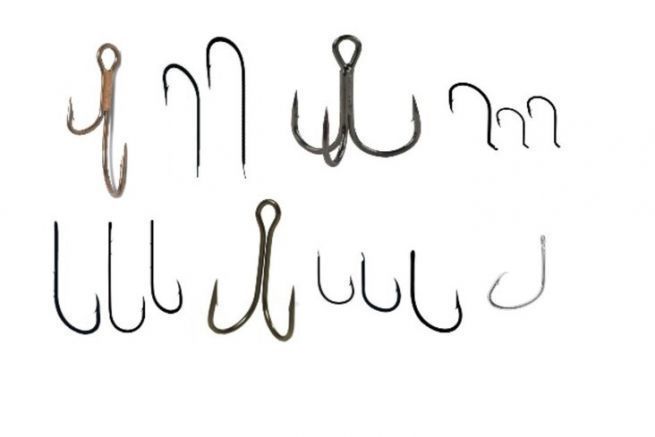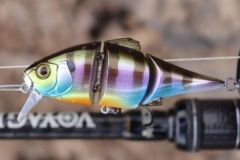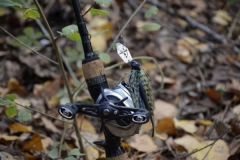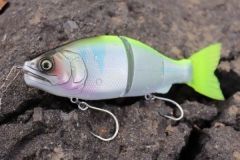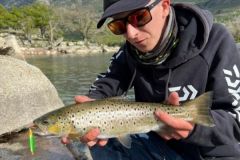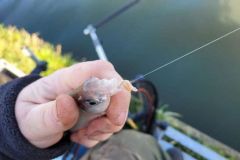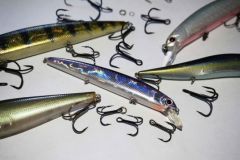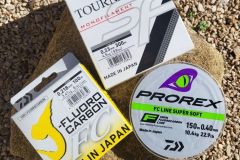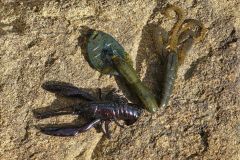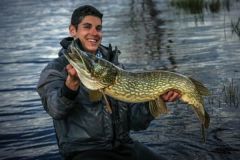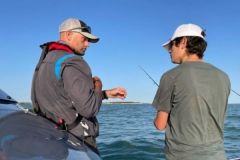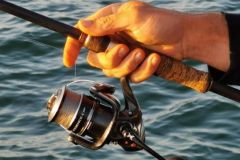Why choose your hooks?
Predators mean prey and indeed the food chain is a constant. Small fish eat plankton and invertebrates and predators hunt them and regulate the population. In this unchanging context, fishing with livebaits is based on a food reaction, it is a great technique and big pike, pike and catfish are largely targeted.
It is possible to make mounts that ensure a touch strike and leave plenty of room for releasing the catch in the best conditions.
The most difficult part of this technique is to get the right hooks. If with lures, many fishermen do not ask too many questions, there, it is another story and the hooks that we will place must be perfectly targeted.
Placing a n°8 treble hook on a 25 cm chub does not leave room for the possibility of hooking one out of ten times. It is therefore necessary to balance the size of the hooks according to the live fish and this requires either to choose the live fish according to the targeted species or to adapt the frame. It is therefore with reflection that one should approach this technique which has nothing to prove on the question of efficiency.
Single hooks and treble hooks
The single pattern hooks are the basis of the livebait rigs. These hooks offer two well-defined functions: the arming and the holding of the fish. If we take the example of the zander, which we try with a fish of the size of a finger placed on the bottom, the livebait is pricked by the nose and offers a beautiful prey which presents itself perfectly.
Same logic for sea bass in open water on a dead line, that is to say not leaded, this type of hook pricked in the lips of a small mackerel for example is remarkably effective.
If with the singles, the discrete baiting by the lips is very practical, with a triple, it is possible to prick a branch in the livebait and to leave the two others free. This is a less discreet method, but it ensures an immediate hooking and therefore a catch at the edge of the fish's mouth.
The use of treble hooks requires water free of obstacles. For example, for pike perch, a small treble hooked at the anus of the fish offers an immediate hooking and a catch at the mouth.
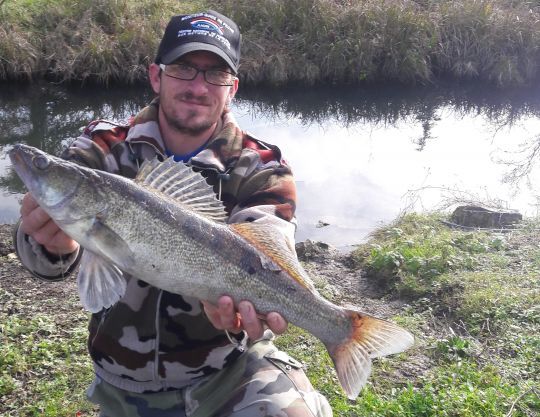
The variants
With time and the diversity of fish and predators, hooks have been adapted to specific needs. The particularly rounded circle hooks offer a surprisingly high degree of safety when fishing for big fish. We even wonder how this hook can bite. But considering the results, one should not try to understand too much and rather appreciate.
Double hooks also have their uses, especially for presentations under the skin on the back for predator species such as pike. Finally, a variant of the classic double hook is the double parrot, which has a much larger opening and offers a much greater availability of the tips.
Strong iron or lighter
It is totally useless to choose a very heavy and strong iron fort to try the perch with minnow. It is therefore necessary that the strength of the tackle is in adequacy with the size of the fish and the predator. It's a simple logic, but when we make bottom rigs for pike-perch, it is not rare that the simple weight of the hook providing the armament implies a suspicious heaviness for the big specimens.
For sea fishing, again, it is a question of the size of the predators and if you are looking for sea bass or tuna, the strength of the hooks will be totally different.
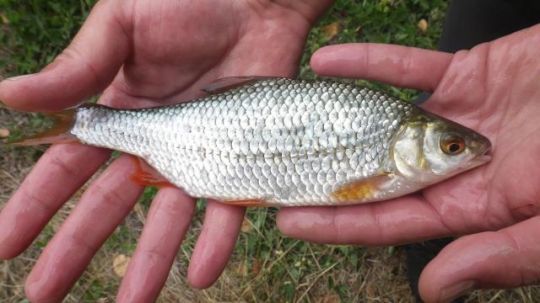
Pallet or eyelet
It is possible for single hooks to choose either a model with eyelet or with paddle. The choice is important.
The paddle hook offers more discretion and an easier passage under the skin of the fish. The eyelet hook is designed to go after predators that require a more solid leader.
A discreet color
In fresh water, it is preferable to play it discreet in the choice of hooks. The brownish tinted ones, more commonly called bronzed, are particularly interesting in this context, especially on educated fish.
In the sea, it is a different story and corrosion helps, so it is imperative to choose stainless steel or models designed to resist salt. Remember also that the anti-corrosion coating on these hooks can only be superficial and by sharpening them, it is quite possible that rust will quickly appear.
